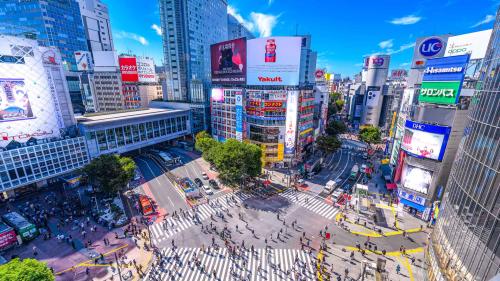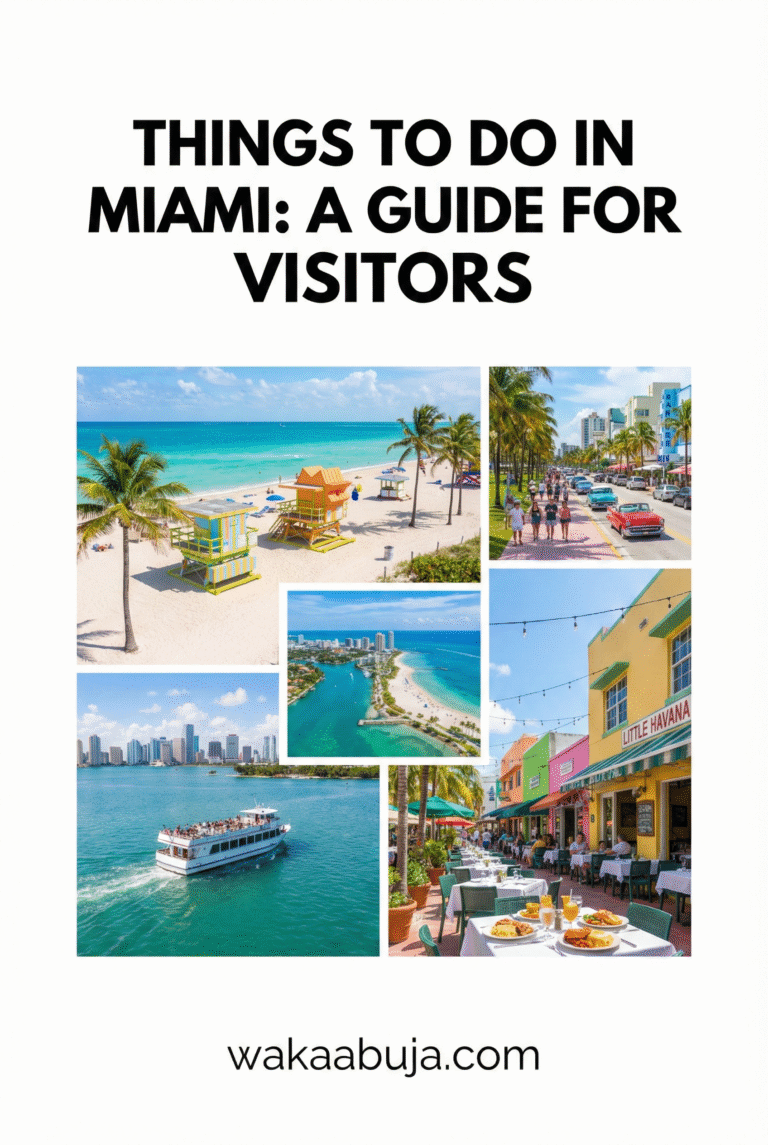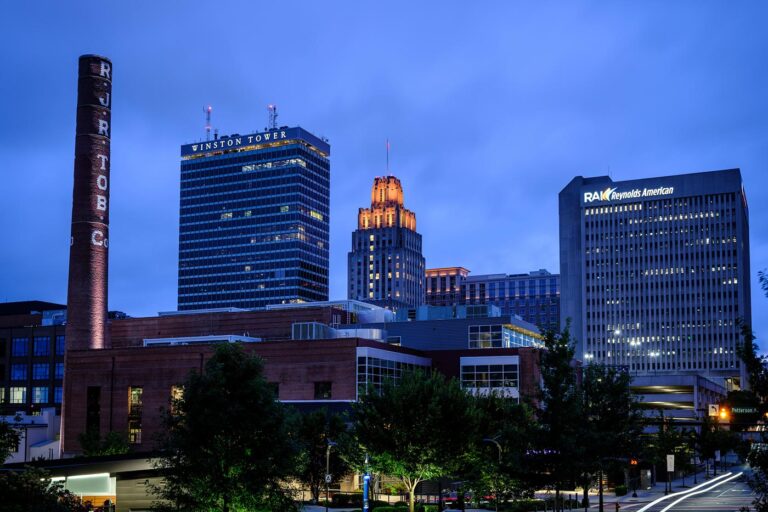Quick Summary
If you’re planning your first or repeat visit to Shibuya, Tokyo, this guide will take you beyond the famous scramble crossing to uncover hidden gems, the best spots to stay, money-saving hacks, essential safety tips, and the perfect itinerary length.
Whether you want iconic attractions or local favorites, I’ve personally explored every nook of Shibuya to share real insights, current prices, and insider tips.
Get ready for a seamless, memorable Tokyo experience with easy transportation tips, the best seasons to visit, emergency contacts, and suggested budgets—all structured to maximize your fun and safety.
Why Shibuya Should Be on Your Tokyo Travel List
As someone who’s spent countless days wandering Shibuya’s bustling streets, I can confidently say this vibrant district is a must-see for any Tokyo visitor. Known worldwide for the iconic Shibuya Crossing, the area pulses with youthful energy, fashion-forward trends, and eclectic dining.
But Shibuya offers so much more beyond the crowds: quiet backstreets with quirky cafes, serene shrines hidden between neon-lit buildings, and unique shopping experiences that only locals know. Let me guide you through every corner, from famous landmarks to secret hideaways, so your trip feels authentic and unforgettable.
Must-See Attractions & Offbeat Gems in Shibuya
1. Shibuya Scramble Crossing: The World’s Busiest Pedestrian Crosswalk
This is the iconic heart of Shibuya and Tokyo’s symbol of hustle and bustle. Watching the waves of pedestrians cross from the Starbucks second floor is one of my favorite spots for a real Tokyo vibe. Visit during rush hours for the full spectacle or at night when neon lights dazzle. The crossing never gets old, and it’s an excellent spot for photos or time-lapse videos.
2. Hachiko Statue: Tribute to Loyalty
Right outside Shibuya Station’s Hachiko Exit, this bronze statue honors the famously loyal dog Hachiko. Locals and tourists alike gather here as a meeting point. Pro tip: visit early in the morning to beat the crowds and snap a clear photo.
3. Center Gai: Tokyo’s Trendy Youth Shopping Street
This narrow street is packed with trendy boutiques, quirky shops, and buzzing restaurants. It’s the perfect place for people-watching and spotting the latest fashion trends. I love ducking into small vintage stores and hidden ramen joints here.
4. Nonbei Yokocho (Drunkard’s Alley): Hidden Drinking Streets
This tiny alleyway near Shibuya Station is lined with cozy, tiny bars, many seating only 5-10 people. It’s a rare glimpse into Tokyo’s intimate nightlife and perfect for a casual evening.
Chat with bartenders and locals for an authentic experience.
5. Bunkamura: Arts & Culture Hub
If you want a break from the bustling streets, Bunkamura offers art exhibitions, theaters, and a classy café. I’ve enjoyed peaceful afternoons here soaking in Japanese contemporary art away from the crowds.
6. Komaba Park & Museum of Modern Japanese Literature
Located a short bus ride away, Komaba Park is a serene green space with seasonal cherry blossoms and a lovely museum dedicated to modern Japanese literature. It’s a quiet retreat many visitors miss, but locals cherish.
7. Shoto Museum of Art
A lesser-known spot, this small but charming museum features rotating exhibitions and peaceful gardens — ideal for culture lovers who want to avoid crowds.
8. Cat Street: Hipster Shopping and Cafés
Between Shibuya and Harajuku, Cat Street has a cool indie vibe with boutique stores and stylish cafés. I recommend stopping here for matcha lattes and vintage shopping.
How to Stay Safe While Exploring Shibuya
Tokyo is generally very safe, but busy districts like Shibuya require some common-sense precautions. Here’s what I always keep in mind:
- Keep Your Belongings Secure: Crowds at Shibuya Crossing and nightspots mean pickpocket risks. Use a crossbody bag and stay alert.
- Avoid Excessive Alcohol: Japan’s nightlife is fun, but pace yourself to stay aware and avoid accidents.
- Use Official Taxis or Ride-Share Apps: Late at night, avoid unlicensed rides and stick to recognized services.
- Follow Local Rules: For example, smoking is banned in many public spaces. Respect signs and customs.
- Know Emergency Contacts: Tokyo Emergency Number: 119 (fire/ambulance), Police: 110
Best Neighborhoods and Hotels to Stay in Shibuya
Cerulean Tower Tokyu Hotel
A luxury stay right in Shibuya with spacious rooms and breathtaking city views. Walking distance to the station and crossing.
Price Range: ¥25,000–¥40,000 per night
Shibuya Excel Hotel Tokyu
Perfect for travelers who want immediate access to Shibuya station and modern comforts with moderate pricing.
Price Range: ¥15,000–¥28,000 per night
Wise Owl Hostels Shibuya
A budget-friendly, clean hostel popular among solo travelers and backpackers, located close to nightlife and shopping.
Price Range: ¥3,000–¥6,000 per night
Transportation Tips for Getting Around Shibuya
- Use the JR Yamanote Line: it loops around central Tokyo and stops at Shibuya Station, making day trips easy.
- Tokyo Metro: The Ginza and Hanzomon subway lines serve Shibuya for quick access to other Tokyo wards.
- Walking: Shibuya is best explored on foot for its alleyways and hidden spots.
- IC Cards: Grab a Suica or Pasmo card at the airport or station for convenient cashless travel.
- Bike Rentals: Consider renting a bike for short trips; Shibuya has several bike rental spots.
Explore Shibuya on the Map
Best Time to Visit Shibuya
Spring (March to May) offers the famous cherry blossom season, painting Shibuya’s parks and streets in pink hues. Autumn (September to November) is also great with comfortable temperatures and colorful foliage. Summer can be hot and humid, while winter is cool but less crowded. Weekdays are less busy than weekends, so plan accordingly.
How Many Days Should You Spend in Shibuya?
For a thorough experience, 2-3 full days lets you explore major sights and hidden gems at a relaxed pace. If your time is limited, 1 full day focusing on highlights (crossing, Hachiko statue, Center Gai, Nonbei Yokocho) is doable.
Combine Shibuya with nearby Harajuku and Omotesando for a full Tokyo fashion and culture tour.
Estimated Daily Budget for Shibuya
| Expense | Low Budget (¥) | Mid-range (¥) | Luxury (¥) |
|---|---|---|---|
| Accommodation | 3,000–6,000 | 15,000–28,000 | 25,000–40,000+ |
| Food & Drink | 1,000–2,000 | 3,000–6,000 | 8,000+ |
| Transportation | 500–1,000 | 1,000–2,000 | 2,000+ |
| Attractions & Misc | Free—1,000 | 1,000–3,000 | 3,000+ |
Tip: Use a prepaid SIM or pocket Wi-Fi for convenience and to access maps, translation, and emergency info instantly.
Frequently Asked Questions (FAQs) About Shibuya
Is Shibuya safe for solo travelers?
Yes! Shibuya is one of Tokyo’s safest districts, with low crime rates. Stay aware of your belongings in crowded areas and avoid unlicensed taxis at night for extra safety.
What’s the best way to get to Shibuya from Narita Airport?
The fastest way is the Narita Express (N’EX) train directly to Shibuya Station, taking about 90 minutes. Alternatively, use the Keisei Skyliner to Ueno and transfer to the JR Yamanote Line.
Can I use credit cards everywhere in Shibuya?
Most big stores, hotels, and restaurants accept credit cards, but smaller shops and some bars may prefer cash. It’s wise to carry some yen for convenience.
Are there vegetarian or vegan food options in Shibuya?
Absolutely! Shibuya offers a growing number of vegan and vegetarian restaurants. Check out places like “Ain Soph Journey” for plant-based delights.
What should I pack for visiting Shibuya?
Pack comfortable walking shoes, a portable umbrella, a universal power adapter, and clothing layers to adapt to Tokyo’s weather.
Final Thoughts
Shibuya is a thrilling mix of high-energy urban culture and hidden pockets of tranquility. Whether you’re snapping photos at the famous crossing, exploring quiet museums, or sipping sake in intimate alleys, this district offers something for every traveler. I hope this guide helps you experience Shibuya like a local, with insider tips to keep you safe, comfortable, and inspired. Enjoy your Tokyo adventure!
Disclaimer:
The information provided in this guide by WakaAbuja is for general informational purposes only. While every effort has been made to ensure accuracy and reliability, travel conditions, prices, and regulations may change without notice. Travelers are advised to verify details with official sources and take necessary precautions. The author and publisher are not responsible for any loss, injury, or inconvenience caused as a result of reliance on the information presented. Travel at your own risk and always follow local laws and guidelines.




